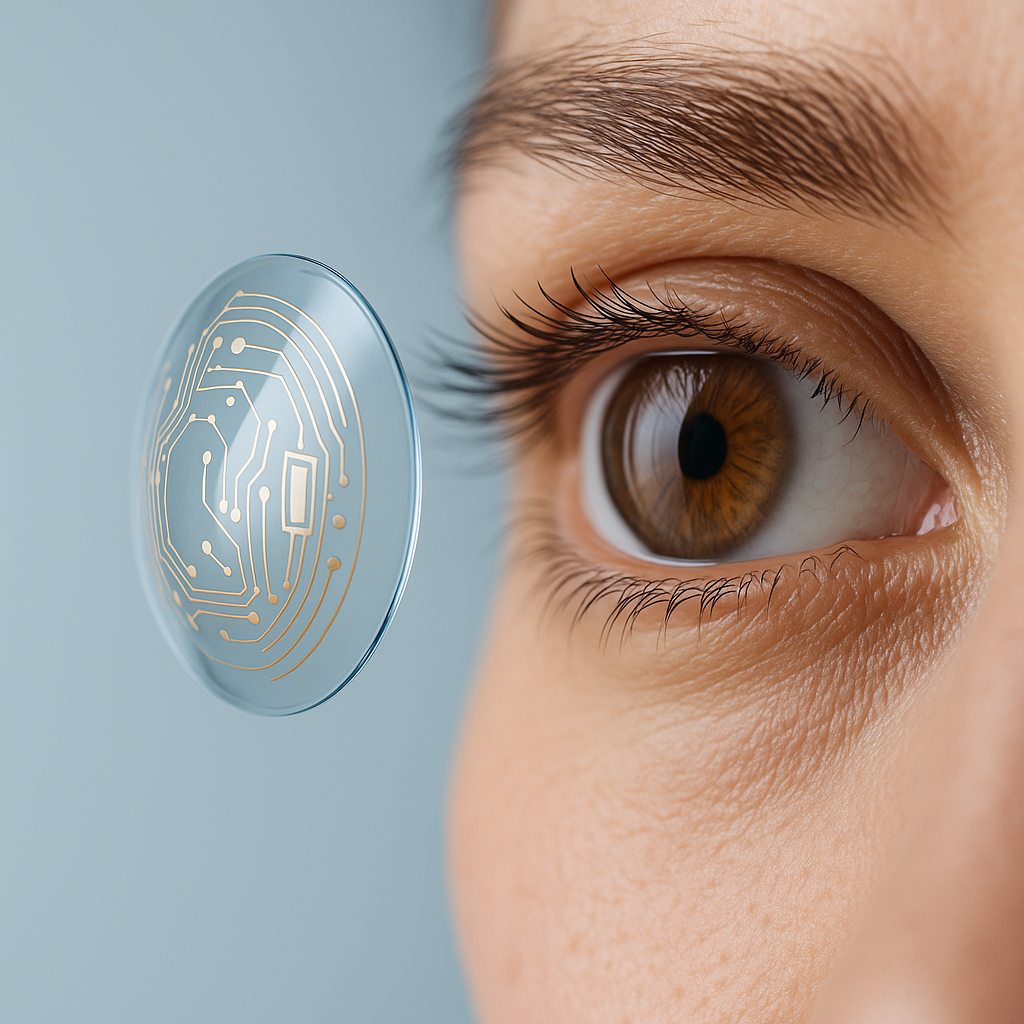News
Alpha-Lipoic Acid & ALC Dosage for Nerve Pain: The Ultimate Relief Guide
ALC dosage alpha-lipoic acid dosage nerve pain relief
Nerve pain, or neuropathy, can be relentless—tingling, burning, stabbing sensations that interfere with everything from sleep to walking. While medications exist, they often come with side effects or limited relief. That’s where natural compounds like Alpha-Lipoic Acid (ALA) and Acetyl-L-Carnitine (ALC) enter the picture.
Backed by clinical research, these two powerhouse supplements are gaining popularity for their ability to ease nerve pain, improve nerve function, and even promote regeneration. But how much should you take? And can you combine them safely for maximum effect? This ultimate guide explores the optimal dosage, timing, and science behind ALA and ALC for nerve pain relief.
Voice Biomarkers: How AI Detects Depression and COPD from Your Speech
AI healthcare detect depression with voice voice biomarkers
What if your voice could tell more about your health than a traditional doctor’s exam? Thanks to recent advances in artificial intelligence, this is no longer science fiction. Researchers and tech innovators are harnessing the power of voice biomarkers—unique patterns in pitch, tone, rhythm, and breath—that can reveal early signs of serious health conditions like depression and chronic obstructive pulmonary disease (COPD).
Voice biomarker technology uses machine learning to detect subtle changes in vocal expression that correlate with physical and mental health states. This breakthrough opens a new frontier in non-invasive diagnostics, offering real-time insights from a simple conversation. Whether it’s monitoring mental wellness or respiratory function, AI voice analysis is redefining the future of preventive healthcare.
Forget Flax: Why Sacha Inchi Is the Best Plant-Based Omega-3 Superfood
Amazonian superfood plant-based omega-3 Sacha Inchi
For years, flaxseed has worn the crown as the go-to plant-based source of Omega-3 fatty acids. But there's a new contender rising fast—and it’s making serious waves in the health and wellness world. Meet Sacha Inchi, a seed native to the Amazon that’s not only rich in Omega-3s but also offers a better nutrient profile, taste, and digestibility.
Known as the “Incan Peanut,” Sacha Inchi has been a staple in indigenous diets for centuries. Now it's going global. With up to 50% of its oil content being alpha-linolenic acid (ALA)—a powerful plant-based Omega-3—Sacha Inchi is stealing flaxseed’s thunder. Whether you're vegan, vegetarian, or just trying to boost your Omega-3 intake without the fishy aftertaste, it's time to forget flax and meet your new superfood hero.
Smart Contact Lenses: Tracking Hydration and Electrolytes in Real Time
electrolyte tracking hydration monitoring smart contact lenses
Imagine being able to monitor your body’s hydration and electrolyte levels in real-time—without a blood test, wearable, or app. That’s the promise of the next wave of biotech: smart contact lenses. These cutting-edge lenses are more than just vision correctors—they’re turning into mini diagnostic labs capable of reading vital signs from the surface of your eye.
Developed by merging biosensors, microelectronics, and ultra-thin polymers, smart contact lenses are poised to revolutionize personal health monitoring. Whether you’re an elite athlete tracking performance or someone managing chronic conditions like dehydration, heat stroke, or kidney disease, these lenses could be your silent, round-the-clock health allies.
Teff Grain: The Low Glycemic Superfood for Blood Sugar Balance
blood sugar low glycemic index Teff grain
In the ever-evolving world of nutrition, ancient grains are making a well-deserved comeback. Among them, one humble grain stands out not only for its rich history but also for its impressive health benefits—Teff. Native to Ethiopia and Eritrea, teff grain is gaining recognition as a nutritional powerhouse, especially for those seeking to stabilize their blood sugar naturally.
With its naturally low glycemic index, teff helps avoid blood sugar spikes and crashes, making it an excellent choice for individuals managing diabetes, prediabetes, or anyone aiming to maintain consistent energy levels. Packed with protein, fiber, and essential minerals, teff is more than just a gluten-free alternative—it's a superfood that deserves a spot in your pantry.





